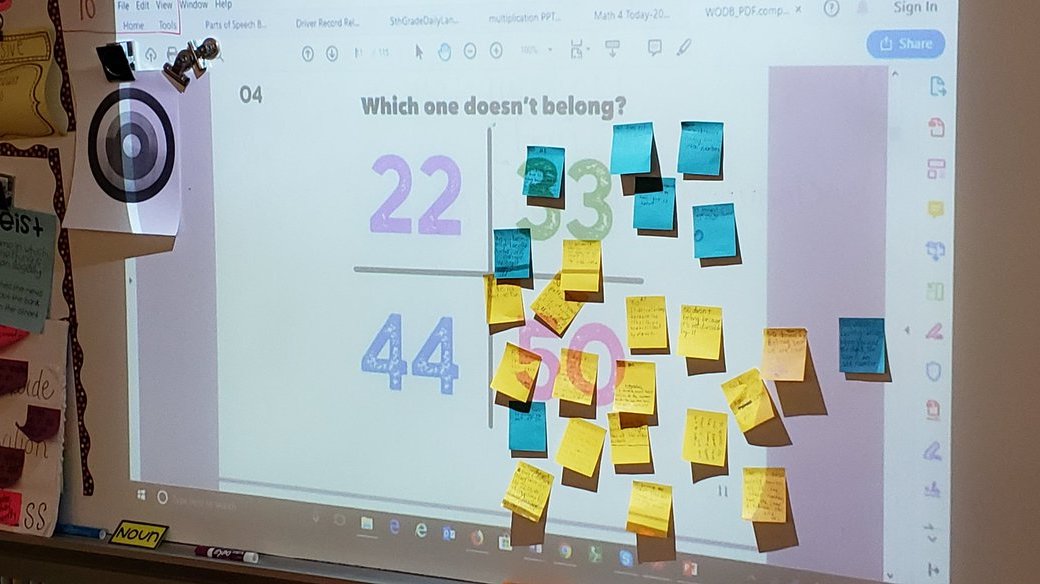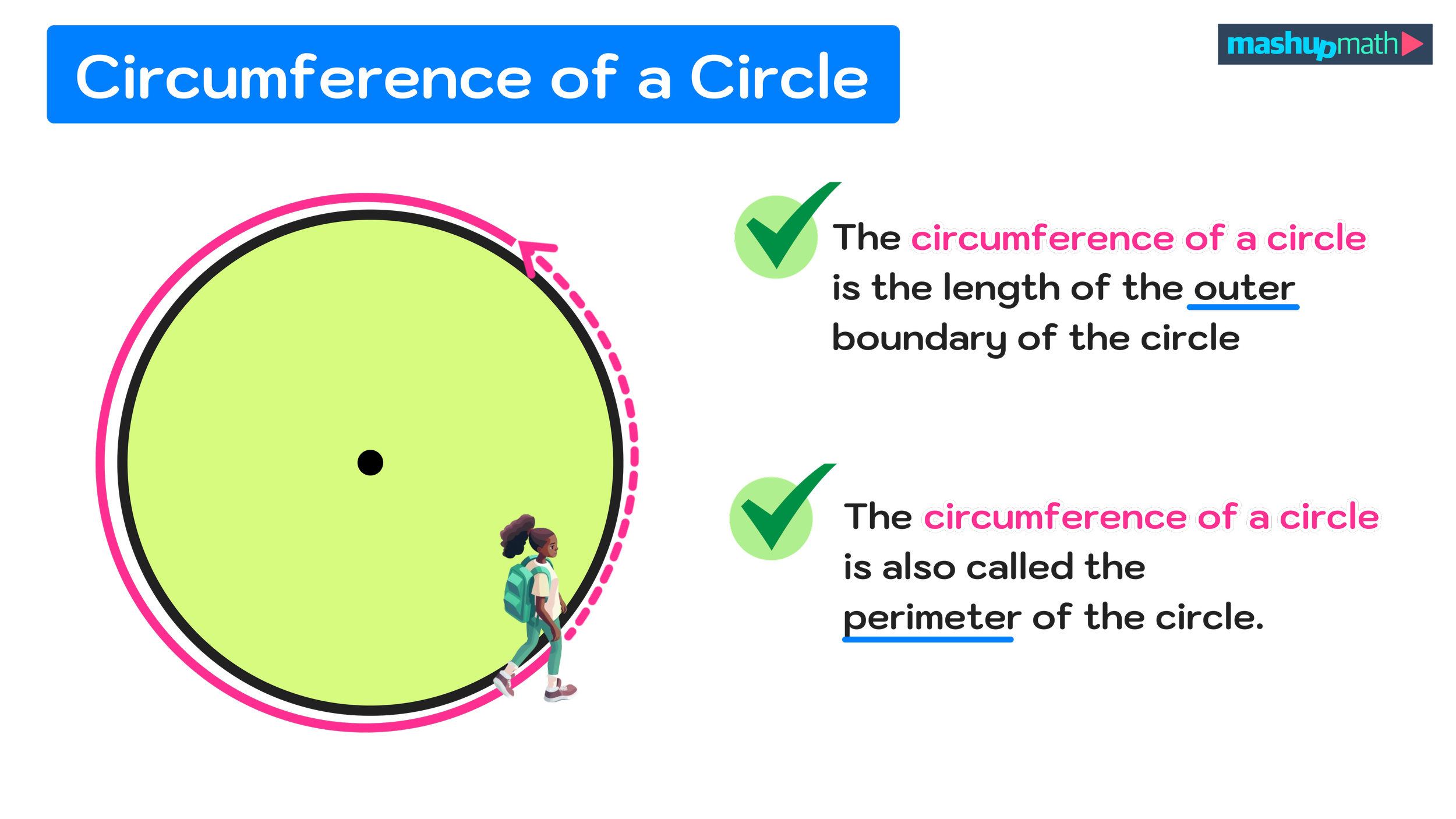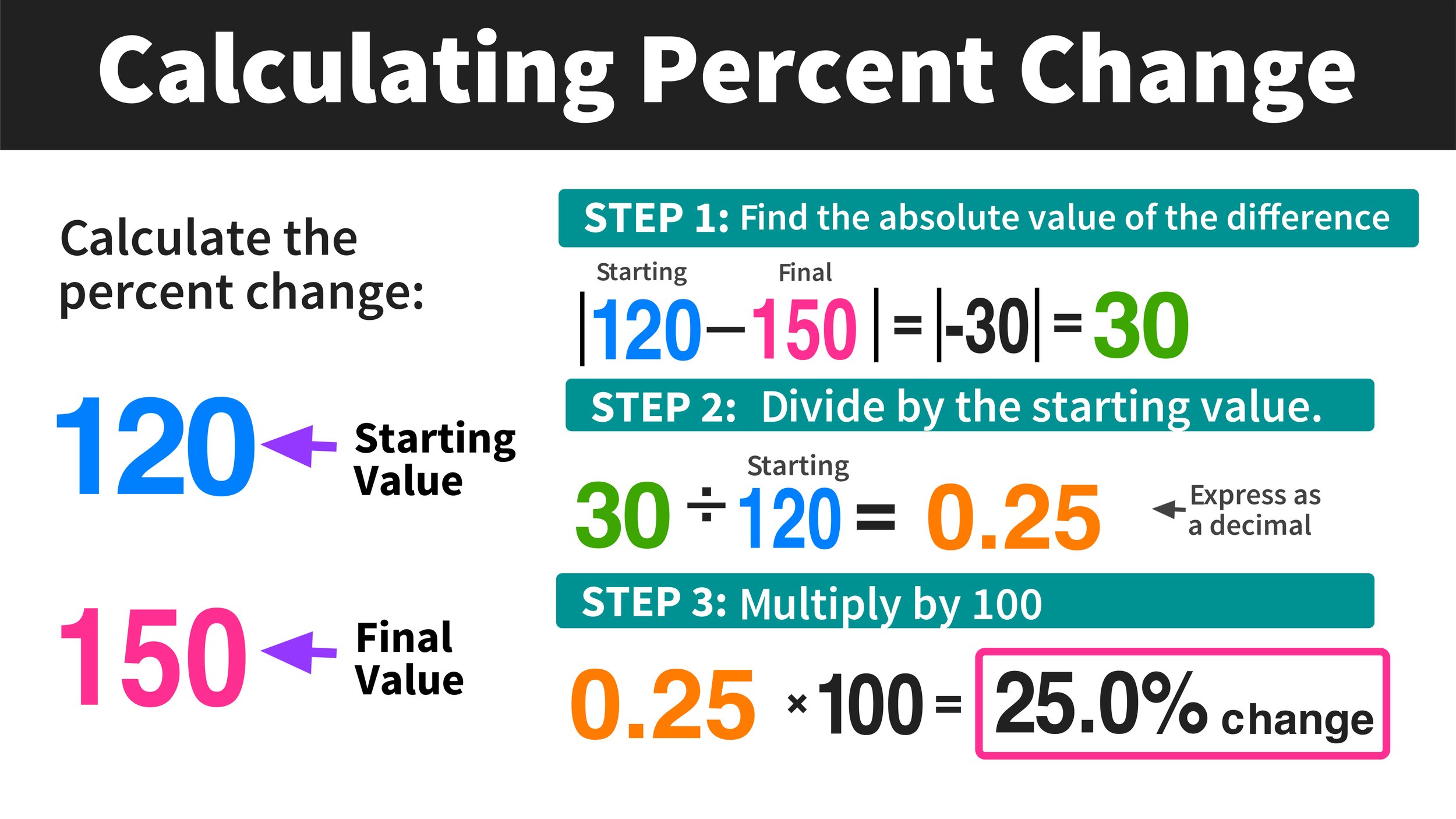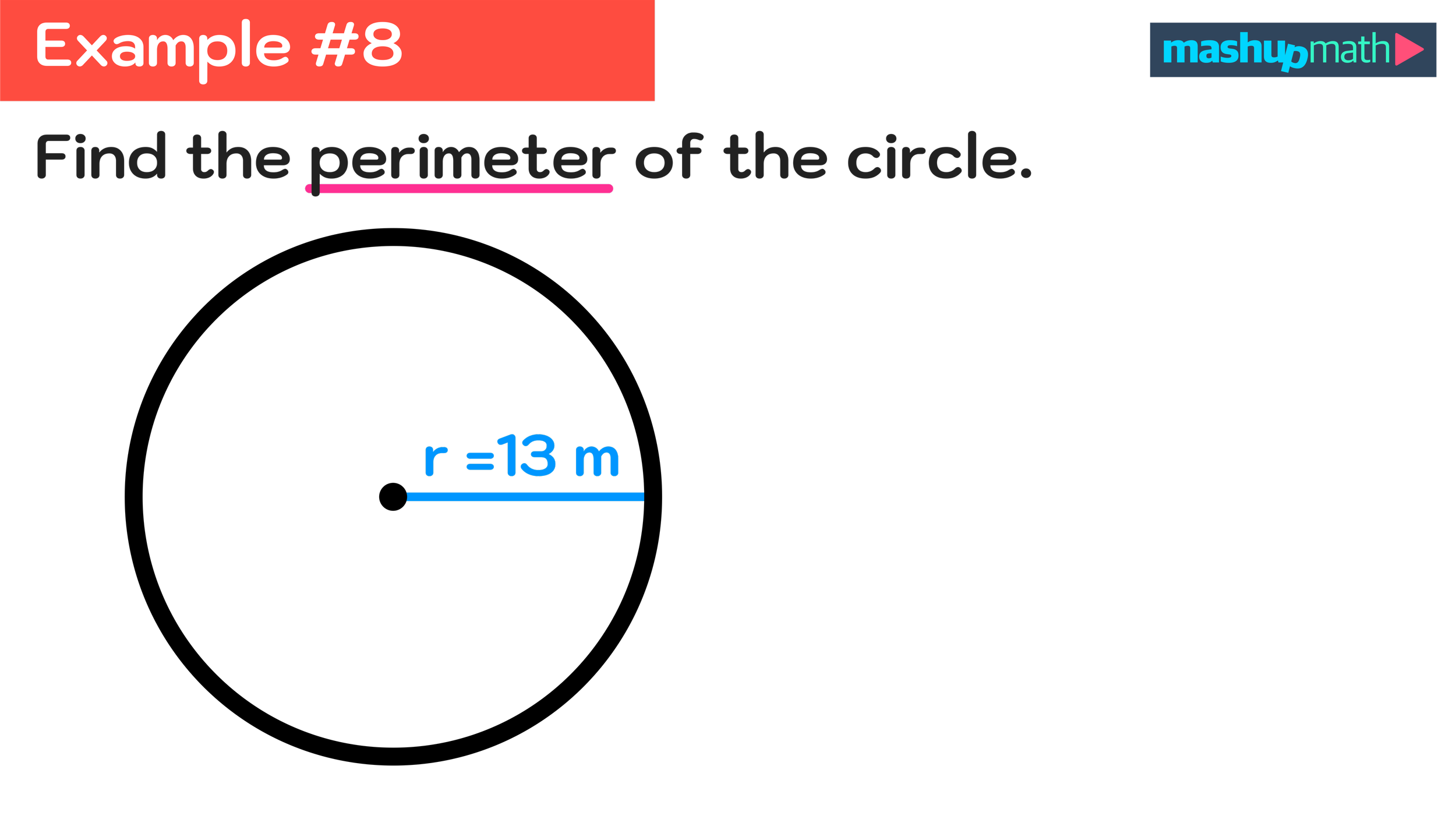How to Use ‘Which One Doesn’t Belong?’ Activities to Boost Student Engagement in K-8 Mathematics
This simple activity gives students to engage with mathematics without the fear of being incorrect.
Which One Doesn’t Belong? math activities encourage deep mathematical thinking. (Image: Mashup Math via Getty)
When students see mathematics as a black and white subject where every problem has only one correct solution, they can easily become frustrated and fearful of making mistakes.
But what would happen if students could engage with mathematics without the fear of being wrong? For example, consider the question, “What is ten minus seven?”. While it’s important that students know that the answer to this question is “Three,” it’s arguable more important (and more beneficial to their learning) that they also be able to answer a question like “Why does ten minus seven equal three?.”
These type of open-ended questions encourage deep mathematical thinking and reflection, and, since there are multiple different ways to answer them correctly, students can interact with math without the fear of making mistakes. Rather, they can think about mathematics creatively and in ways that make sense to them on a personal level.
“Open-ended math questions shift the focus from finding final answers to actually understanding whatever concept students are currently learning,” says Mashup Math founder Anthony Persico, who believes that “giving students opportunities to think about mathematics without the fear of making mistakes boosts overall engagement and participation, which encourages deep understanding and growth.”
When teachers incorporate open-ended follow-up questions in their daily lesson plans, they place a greater emphasis on thinking and learning and rather than only being concerned with whether or not students can get correct final answers to problems.
So, how can you add more open-ended math questions into your daily lessons?
Using post-it notes is a great strategy for assessing student thinking, especially when using WODB as an exit ticket. (Image: Mashup Math ST)
Which One Doesn’t Belong? Math Activities
We are all familiar with the concept of “Which One Doesn’t Belong?” (which we will abbreviate as WODB going forward). You are given a set of objects or images and you are tasked with figuring out which one of them is not like the others.
In the case of WODB math activities, students are given a set of our different numbers or images and they must determine which one of the four does not belong and then justify why their response makes sense.
How Do WODB Activities Work?
Whenever you are aiming to boost student engagement, whole-class participation, or just to mix up your instruction, simply share a four-quadrant WODB graphic that requires students to observe and reflect upon four different numbers or graphics. They will then apply their mathematical and reasoning skills to decide which of the four items does not belong and also justify why (either verbally or in writing) their choice is valid.
Since WODB activities do not have a single correct answer, students will have to organize their thoughts and provide a justified response.
Unlike typical multiple choice questions, WODB activities do not have a single correct answer. These graphics are designed to be interpreted in a variety of different ways in order to spark deep mathematical thinking and discussion (in small groups, whole class, or both).
Here's an Example:
Consider the graphic above where students have to select which of the following numbers does not belong with the other three: 11, 22, 44, and 110.
Student A says: Since 22, 44, and 110 are all divisible by two, they are all even numbers. This means that 11 does not belong because it is not divisible by two. 11 is an odd number and does not belong.
Student B says: 11 does not belong because it is a prime number. The other three numbers are not prime numbers.
Student C says: 44 does not belong because it is the only number that is divisible by 4. You can technically divide the other three numbers by 4, but the result would have a remainder, so 44 does not belong.
Student D says: The number 110 does not belong because, although it is divisible by 11 like the other numbers, it is the only three-digit number.
Notice that every student’s answer makes sense and is backed up by deep mathematical thinking. Student A and Student B both determined that 11 does not belong, but for very different reasons, while Student C chose 44 and Student D chose 110.
As teacher, you can steer this discussion in a variety of directions by asking follow-up questions like:
What justification could you use to say that 22 doesn’t belong?
What other justifications could student A have used to decide that 110 does not belong besides the fact that it is the only three-digit number?
How can students A and B both be correct?
How can students B, C, and D all be correct even though they each chose different values?
Another example of how teachers can record student responses to WODB activities. ((Image: Mashup Math ST)
What topics and grade levels are WODB activities best suited for?
WODB activities can be used for all grade levels and topics. The graphics can be topic/lesson specific or broader and more open-ended. Remember, the idea is to spark enough student thinking, interest, and curiosity at the beginning of your lesson to last for the entire class!
Are You Ready to Try WODB Activities with Your Students?
Below you will find links to download free ‘Which One Doesn’t Belong Sample Activities” that you can share in your upcoming lesson plans. All of the activities are samples from the WODB activity libraries available on our membership website.
Which One Doesn’t Belong? Numbers
Click the image to preview each sample activity and click the text link below to download your free sample worksheet.
Which One Doesn’t Belong? Pictures
While numbers are a great way to introduce your students to WODB, you can also include pictures, charts, graphs, and all kinds of math-related graphics.
Click the image to preview each sample activity and click the text link below to download your free sample worksheet.
WAIT! Do you want over 100 topic-specific WODB activities for grades 1-8? 🙋🏻♀️
Click the link below to download our best-selling PDF workbook 101 Daily 'Which One Doesn't Belong?' Activities for Grades 1-8.





























































































